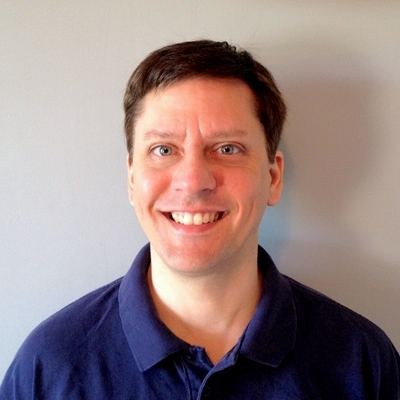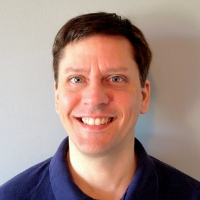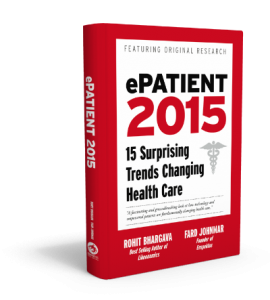Patient Community Building in Hospitals
 In the “olden days” – like 10 years ago, patients had to have their own support community when dealing with illness or injury. Families and friends, if available, were their only resource for support. As a healthy person, these caregivers couldn’t truly understand many of the issues, concerns or fears that a patient was feeling. With the advent of easily accessible digital technology and online access, resources are now available to create and support a patient community. Dan Hinmon, President of Hive Strategies specializes in helping hospitals and healthcare organizations set up their own patient communities. Dan works with CareHubs and Dan Dunlop of Jennings Health to aid hospitals discover their patient supports needs, set up, install and launch a private, HIPAA compliant healthcare community.
In the “olden days” – like 10 years ago, patients had to have their own support community when dealing with illness or injury. Families and friends, if available, were their only resource for support. As a healthy person, these caregivers couldn’t truly understand many of the issues, concerns or fears that a patient was feeling. With the advent of easily accessible digital technology and online access, resources are now available to create and support a patient community. Dan Hinmon, President of Hive Strategies specializes in helping hospitals and healthcare organizations set up their own patient communities. Dan works with CareHubs and Dan Dunlop of Jennings Health to aid hospitals discover their patient supports needs, set up, install and launch a private, HIPAA compliant healthcare community.
To catch the segments of our conversation, check the time stamp content below.
00:00 Introduction
01:00 Meet Dan Hinmon
01:30 HIPAA compliant healthcare community
02:00 What does a healthcare community mean?
02:42 Does “HIPAA compliance” mean the community is closed?
04:10 Always a risk in sharing
05:00 Why hospitals set up patient communities
06:10 Different kinds of patient community organizations
06:44 How are you invited into patient communities?
07:30 How is a community set up?
08:45 How to you gauge “success”?
10:15 ROI – ROE – Who funds these communities?
10:44 “Return on Community”
13:07 How does the community work once you’re a member?
14:40 Who manages the community?
17:00 Does marketing moderate the conversations?
17:50 The need for a skilled community manager
20:27 How do you manage a community that can be 24/7/365?
22:40 What are the most “engaged” health communities?
24:30 It’s a passion for Dan
25:00 The four steps to a successful online community
29:28 Time commitment needed for “Return on Community”
31:40 ePatients having a place to go.
32:20 Patient engagement is strongest in a patient community
33:10 What is the biggest misconception of Hospitals? Of patients?
34:30 What about “trolls” or difficult community members
36:40 How big does a hospital need to be to be able to support a patient community?
39:06 Social Media Tip: Susana Shephard of Mayo Clinic’s Arizona campus – How to get a video subject to relax
Visit our resources page for more valuable (and free!) resources on social media and digital health:
Free webinar, Nov 12, 2014: Look Before You Leap: 5 Things You Must Know Before Launching an Online Patient Community. Register Now. If you don’t have time to listen tomorrow, sign up anyway and they’ll send you a link to watch later.
Podcast: Play in new window | Download


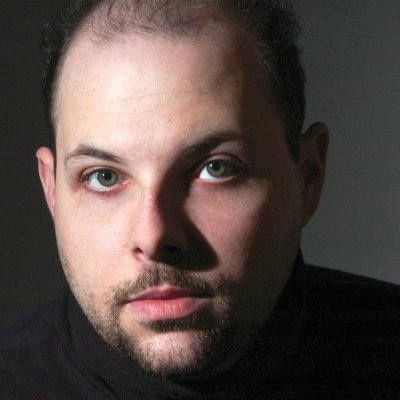
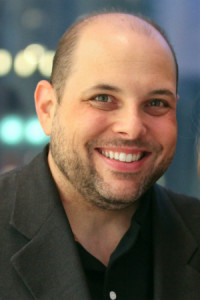
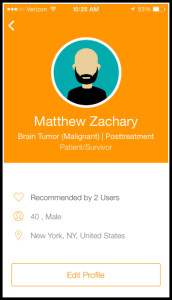
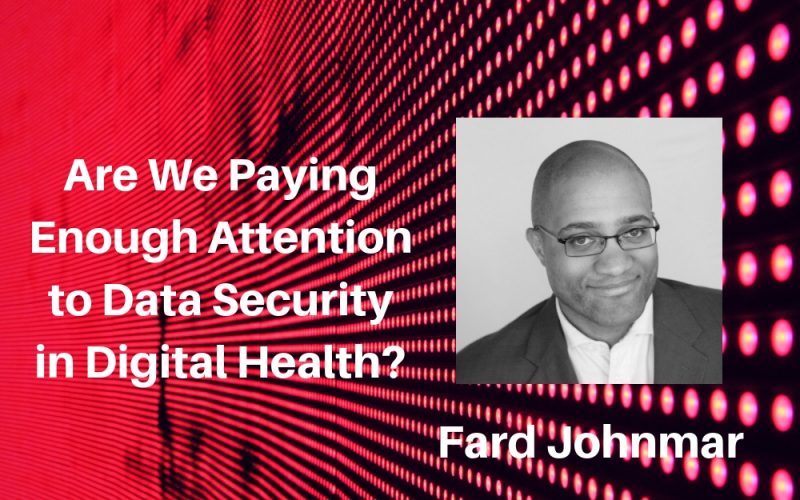
 Earlier this year, health consumers, physicians, and others roundly criticized a program backed by the National Health Service to collect and centralize health data gathered by general practitioners from millions of patients across England. They were especially concerned that creating a centralized database of health records could put patients’ privacy at risk.
Earlier this year, health consumers, physicians, and others roundly criticized a program backed by the National Health Service to collect and centralize health data gathered by general practitioners from millions of patients across England. They were especially concerned that creating a centralized database of health records could put patients’ privacy at risk.